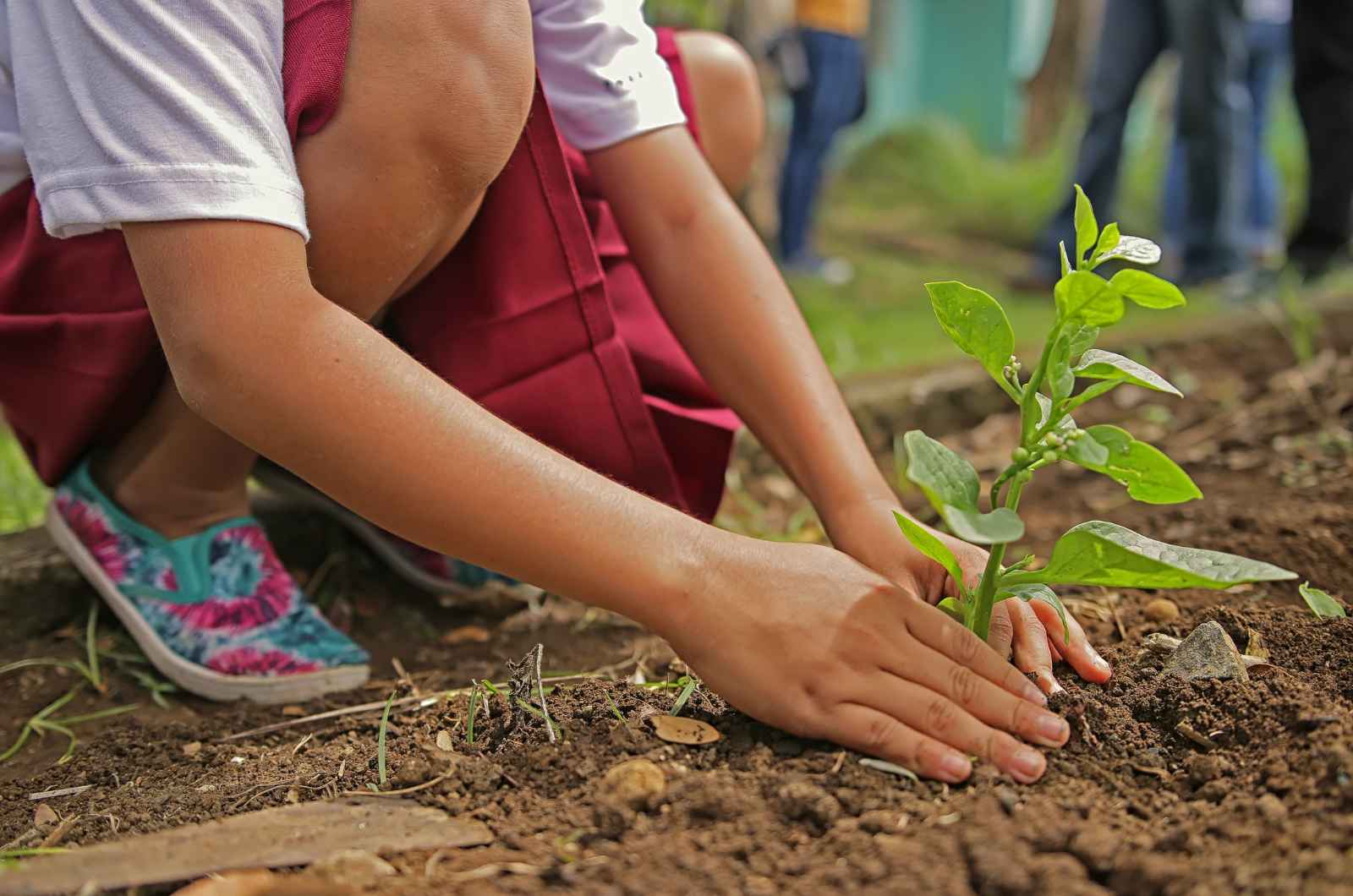How Can Water Balance Measurement Improve Plant Yield Potential?

?What is the Plantarray System and How Does It Work
The Plantarray system by plant-ditech is an advanced plant phenotyping platform designed to measure and analyze plant water balance. It operates by continuously monitoring water fluxes in the Soil-Plant-Atmosphere Continuum (SPAC) for each plant. This includes measuring transpiration rates, soil moisture levels, root water uptake, and biomass accumulation. By integrating these measurements, the system provides a comprehensive view of plant water use and overall health.
?How Does the Plantarray System Measure Water Balance
The Plantarray system measures water balance through continuous and simultaneous monitoring of water flux within the Soil-Plant-Atmosphere Continuum (SPAC). It tracks key parameters such as transpiration rates, soil moisture levels, root water uptake, and biomass accumulation. By capturing these dynamic physiological activities in real-time, you can gain a comprehensive understanding of each plant's water use efficiency, helping you to evaluate their performance and potential yield more effectively.
?Why is Rapid Evaluation of Yield Potential Important
The ability to quickly assess plant yield potential is crucial for enhancing crop productivity. Traditional methods often require full growing seasons to evaluate yield, which can delay breeding programs and agricultural improvements. With the Plantarray system, you can rapidly measure yield potential based on water balance, providing insights within days. This accelerated evaluation helps identify the most promising plant varieties sooner, ultimately leading to more efficient and productive crop development. For more details, explore how water balance measurement improves plant yield potential.
?What Are the Benefits of High-Resolution Data Collection
High-resolution data collection in the Plantarray system enables you to monitor plants continuously, capturing detailed information on shoot, root, and environmental parameters. This 24/7 monitoring helps you detect early plant responses to water stress, identify critical soil water content levels that limit transpiration, and assess plant adaptability to changing water conditions. By providing precise and comprehensive data, you can make informed decisions to improve plant water-use efficiency and overall performance.
?How Can Experimental Conditions Be Customized
The Plantarray system allows you to tailor experimental conditions to match specific environmental scenarios. You can adjust variables like water availability, simulating drought or varying irrigation levels. This flexibility helps in studying plant responses under different stress conditions, providing insights into water use efficiency and identifying plants that thrive in diverse environments. Customizing these conditions ensures you can test a wide range of hypotheses and optimize plant performance for real-world applications.
What Makes Non-Invasive and Automated Measurements Advantageous?
Non-invasive and automated measurements are key features of the Plantarray system. These techniques allow you to monitor plants continuously throughout their growth stages without disturbing their development. Automation ensures consistent and reliable data collection, minimizing human error and reducing labor requirements. This approach allows for accurate and efficient monitoring of plant water balance and growth parameters, enabling you to make informed decisions for improving plant yield potential.
?How Does Water Balance Measurement Enhance Plant Research
Measuring water balance with the Plantarray system significantly enhances plant research by providing real-time, comprehensive data on plant water use and growth. This approach allows you to quickly assess plant yield potential, identify the most resilient varieties, and optimize water usage. The detailed insights gained from continuous, non-invasive measurements enable more informed decisions in breeding and agricultural practices. Ultimately, this technology supports the development of more water-efficient and productive crops, leading to better resource management and improved agricultural outcomes.